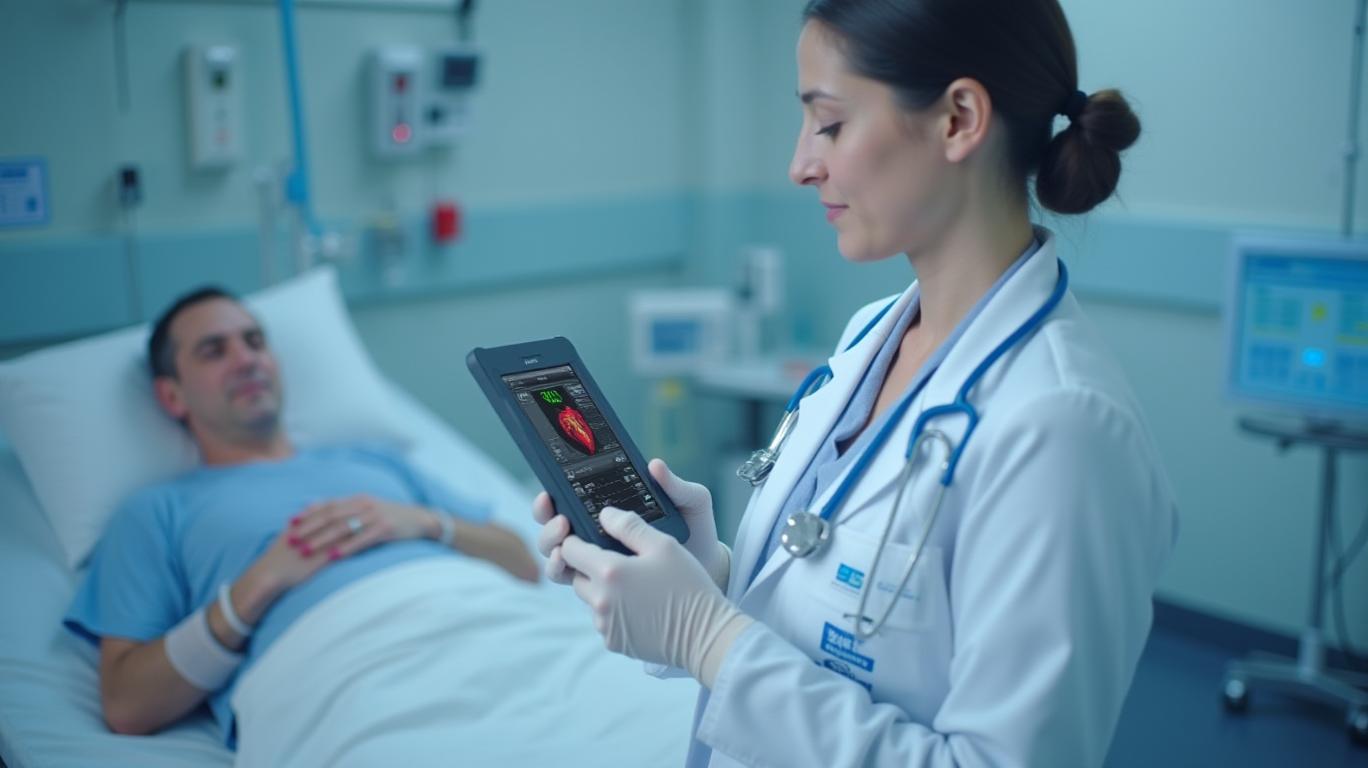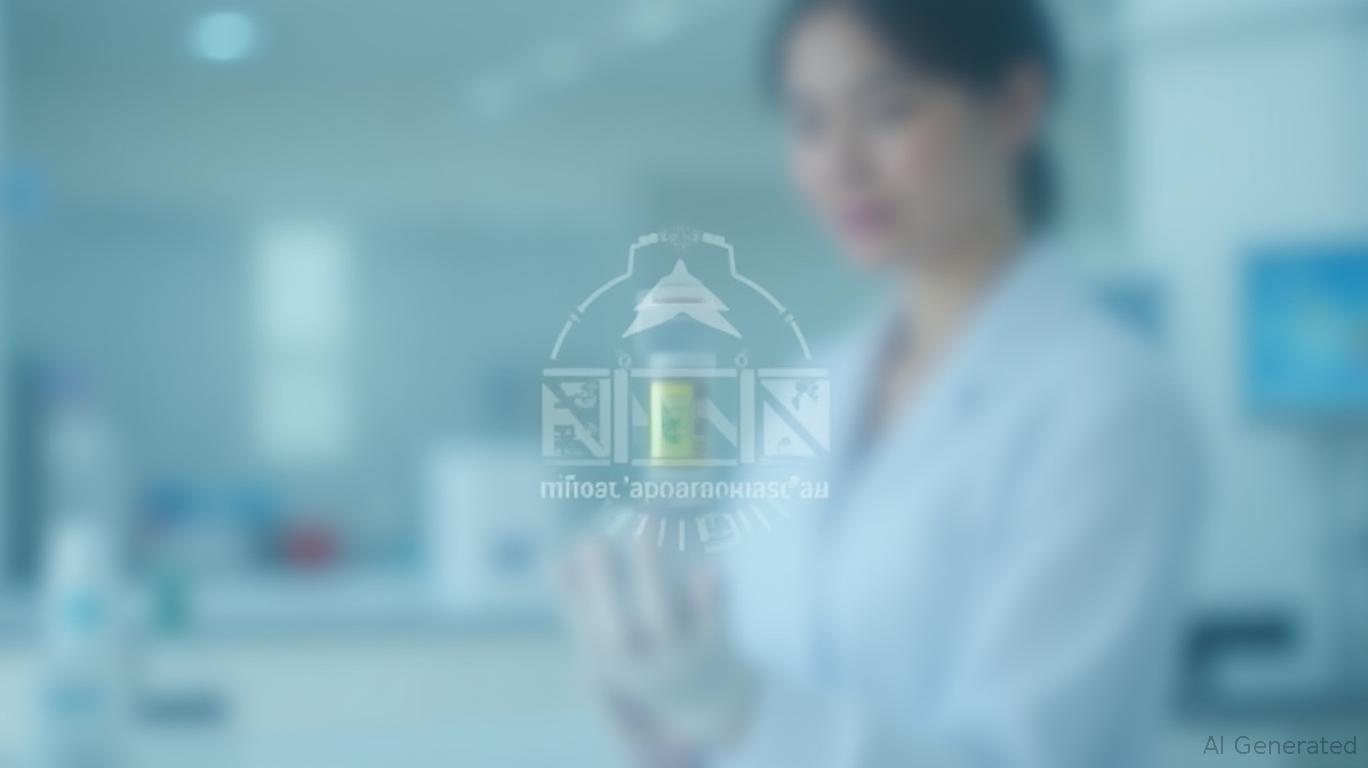BD's Q2 Results: Navigating Headwinds with Innovation and Resilience
BD (BDX), a global leader in medical technology, posted second-quarter fiscal 2025 results that underscore its dual path of growth and challenges. While the company achieved 4.5% total revenue growth to $5.27 billion, its adjusted earnings per share (EPS) rose 5.7% to $3.35, reflecting margin discipline. Yet, headwinds from tariffs, supply chain disruptions, and macroeconomic pressures clouded the outlook, prompting revised guidance. For investors, the story hinges on BD’s ability to sustain innovation while navigating these risks.
Revenue Growth Amid Mixed Segment Performance
BD’s revenue growth was uneven across segments, highlighting both strengths and vulnerabilities. The BD Medical division delivered a standout 12.7% revenue increase, fueled by strong performance in its Medication Management Solutions (MMS) and the launch of its AI-driven HemoSphere Alta™ monitoring platform. The latter, which integrates real-time data analytics for critical care patients, exemplifies BD’s focus on technology-driven solutions.

However, BD Life Sciences struggled with a 4.3% revenue decline, driven by softness in its Biosciences business. Slumping demand for research instruments, particularly in government and academic sectors, and delayed testing volumes for BD’s BACTEC™ blood culture systems weighed on results. Meanwhile, BD Interventional saw modest 2.2% revenue declines, as growth in its hernia and urology products was offset by pricing pressures and lingering China market challenges.
Strategic Initiatives and Innovation as Growth Drivers
BD’s commitment to innovation remains a cornerstone. The quarter saw FDA clearance for the Phasix™ ST Umbilical Hernia Patch, the first bioabsorbable mesh for its application, and progress on the GalaFLEX LITE™ Scaffold for breast implant revision surgery. These launches align with BD’s focus on minimally invasive, patient-centric technologies. Additionally, the company’s $2.5 billion U.S. manufacturing investment—aimed at bolstering domestic production—bolsters its long-term resilience amid global supply chain risks.
CEO Tom Polen emphasized BD’s BD Excellence operational framework, which has improved margins despite rising costs. The 5.7% rise in adjusted EPS, even as GAAP EPS fell due to higher interest expenses, underscores the effectiveness of this strategy.
Risks and Revised Guidance: Tariffs and Trade-offs
The quarter also revealed vulnerabilities. BD lowered its full-year organic revenue growth forecast to 3.0–3.5% (from 4.0–4.5%) and adjusted EPS guidance to $14.06–$14.34 (down from $14.30–$14.60), citing $0.25 in tariff-related headwinds. The company also noted risks from China’s shift to volume-based procurement in its BD Medical division and ongoing EU regulatory changes impacting Life Sciences.
Foreign currency fluctuations added a $0.05 translational headwind, though currency-neutral growth improved. These factors highlight BD’s exposure to externalities, particularly in international markets.
Conclusion: A Resilient Play for Long-Term Health Tech Investors
BD’s Q2 results reflect a company in transition. While macroeconomic and regulatory challenges have dampened near-term growth, its innovation pipeline and operational improvements position it for recovery. The Medical segment’s 3.6% organic growth and strategic investments in AI-driven monitoring and bioabsorbable materials suggest a clear path to high-margin, high-demand products.
The $2.5 billion U.S. manufacturing commitment further strengthens its competitive edge, aligning with trends toward domestic healthcare production. However, investors must weigh these positives against the risks of tariffs, supply chain fragility, and sector-specific slowdowns.
For now, BD’s adjusted EPS growth and Fortune’s “Most Innovative Companies” recognition affirm its staying power. With a 5-year average revenue CAGR of ~3% and a dividend yield of 1.8%, BD remains a conservative yet growth-oriented play in the medical technology sector—provided investors have patience for its uneven near-term trajectory.
In the long term, BD’s focus on technology, operational excellence, and strategic investments may well outweigh current headwinds, making it a compelling choice for investors willing to ride the volatility.








